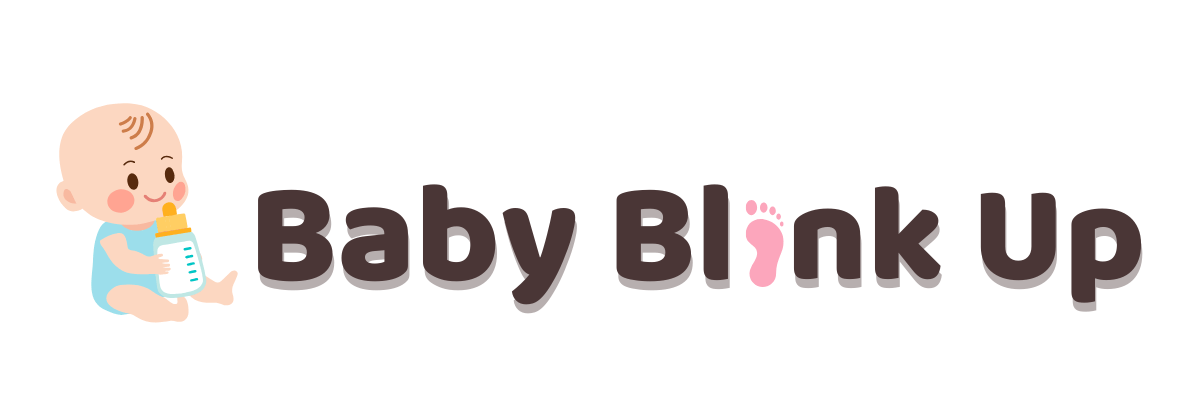Parenting is a rewarding yet challenging journey, especially when faced with moments of defiance or misbehavior. Understanding how to control a child’s bad behavior is essential to foster a healthy, respectful, and loving environment at home. Managing such behavior effectively not only helps maintain peace but also supports the child’s emotional and social development.
This guide will explore practical strategies to handle bad behavior, offering insights into managing child behavior issues and promoting positive parenting strategies that truly work.
11 Simple Methods to Handle Bad Behavior in Children at Home

Handling a child’s misbehavior at home can be challenging, but with the right approach, it becomes an opportunity for growth and learning.
These 11 simple methods provide practical solutions to guide parents on how to control a child’s bad behavior while fostering a nurturing environment. By setting clear boundaries, using positive reinforcement, and addressing the root causes of misbehavior, parents can create a harmonious home where children feel supported and understood.
These strategies not only reduce conflict but also promote emotional and social development in children.
1. Set Clear Boundaries and Expectations
Children thrive when they know what is expected of them. Establishing clear rules helps them understand acceptable behavior. For example, you can create a family rule chart that outlines daily responsibilities and behaviors. Ensure the rules are age-appropriate and consistently enforced to minimize confusion.
2. Use Positive Reinforcement
Rewarding good behavior is an effective way to encourage it. Whether it’s verbal praise, a sticker chart, or extra playtime, recognizing their efforts fosters a sense of accomplishment. This approach is a cornerstone of positive parenting strategies and helps shift the focus from punishment to encouragement.
3. Stay Calm During Tantrums
Dealing with a child’s tantrums can be overwhelming, but staying calm is crucial. Reacting with anger often escalates the situation. Instead, practice deep breathing, maintain a composed tone, and give your child space to calm down before discussing their behavior.
4. Be Consistent
Consistency is key to managing child behavior issues. If consequences vary, children may test boundaries further. For instance, if a timeout is the consequence for hitting, ensure it’s applied every time, regardless of circumstances.
5. Use Natural Consequences
Allowing children to experience the natural consequences of their actions can be an effective teaching tool. For example, if they refuse to wear a jacket, let them feel the cold (safely). This method teaches responsibility without parental intervention.
6. Practice Active Listening
Sometimes, bad behavior stems from frustration or a lack of communication. By practicing active listening, you can understand the underlying cause of their actions. Ask open-ended questions like, “What made you upset?” and validate their feelings to strengthen your bond.
7. Model Good Behavior
Children learn by observing their parents. Demonstrating patience, kindness, and respect sets an example for them to follow. For example, if you want them to speak politely, ensure your interactions reflect the same.
8. Redirect Negative Behavior
Instead of saying “no” repeatedly, redirect their attention to a positive activity. For instance, if your child is drawing on walls, provide them with a designated art space and encourage creativity there.
9. Incorporate Timeouts Effectively
Timeouts can be a helpful tool when used appropriately. Ensure the timeout location is free of distractions and explain why it’s being enforced. Keep it brief (one minute per year of age) and discuss the behavior afterward to reinforce learning.
10. Encourage Problem-Solving Skills
Teach children to resolve conflicts and manage frustrations independently. Role-playing scenarios or discussing potential solutions can empower them to handle challenges without resorting to bad behavior.
11. Provide Quality Time
Sometimes, bad behavior is a bid for attention. Spending quality one-on-one time with your child can reduce such incidents. Activities like reading, playing, or simply talking help strengthen your connection and build trust.
Additional Strategies for Managing Bad Behavior

Recognize Triggers
Identifying what prompts your child’s misbehavior is crucial. Triggers could range from hunger and tiredness to environmental changes or unmet needs. By recognizing these patterns, you can address the root cause and prevent future incidents.
Teach Emotional Regulation
Helping children understand and express their emotions constructively is key. Introduce them to techniques like deep breathing, counting to ten, or journaling their feelings. For younger kids, using picture books or stories can be a great way to discuss emotions.
Foster Independence
Encouraging your child to make age-appropriate decisions boosts their confidence and reduces power struggles. For instance, let them choose their clothes or decide on a weekend activity. This sense of control can minimize defiance.
Avoid Overreacting
Sometimes, small issues can be blown out of proportion. By staying calm and treating minor misbehavior as teachable moments, you can guide your child without unnecessary conflict.
Maintain a Predictable Routine
A structured daily routine provides children with a sense of security and stability. When they know what to expect, they are less likely to act out due to uncertainty or boredom. Include time for meals, play, and rest in their schedule.
A Practical Overview: 11 Methods
| Method | Description |
|---|---|
| Set Clear Boundaries | Define rules to help children understand acceptable behavior. |
| Positive Reinforcement | Reward good behavior to encourage repetition of positive actions. |
| Stay Calm During Tantrums | Respond calmly to prevent escalation of tantrums. |
| Be Consistent | Apply consistent consequences to reinforce boundaries. |
| Use Natural Consequences | Let children learn from the outcomes of their actions. |
| Practice Active Listening | Understand the root cause of behavior by listening attentively. |
| Model Good Behavior | Demonstrate the behavior you expect from your child. |
| Redirect Negative Behavior | Shift focus to a constructive activity. |
| Incorporate Timeouts Effectively | Use timeouts appropriately to teach accountability. |
| Encourage Problem-Solving Skills | Teach conflict resolution and independent frustration management. |
| Provide Quality Time | Strengthen bonds to reduce attention-seeking misbehavior. |
Conclusion
Addressing how to control a child’s bad behavior requires patience, understanding, and consistent effort. By implementing these 11 methods and additional strategies, parents can foster a positive home environment that nurtures emotional growth and mutual respect. Recognizing triggers, teaching emotional regulation, and maintaining a structured routine can further enhance these efforts.
Remember, every child is unique, and adapting these strategies to suit your child’s needs will yield the best results. Positive parenting strategies combined with effective discipline techniques lay the foundation for a harmonious family life.
FAQ’s
What are the best ways to handle a child’s tantrums?
Staying calm, acknowledging their feelings, and redirecting their attention are effective strategies for dealing with a child’s tantrums. Avoid giving in to unreasonable demands, as this may reinforce the behavior.
How can I encourage good behavior in my child?
Positive reinforcement, setting clear boundaries, and modeling good behavior are great ways to encourage good behavior. Reward their efforts with praise or small incentives to motivate them further.
What are natural consequences, and how do they work?
Natural consequences occur without parental intervention and teach responsibility. For example, if a child refuses to do homework, they may face poor grades. These lessons are impactful and memorable.
How can I balance discipline and positive parenting strategies?
Combine clear rules with empathy. Use discipline techniques like timeouts or natural consequences while ensuring your child feels supported and loved. Maintaining open communication is key.
Why is consistency important in managing child behavior issues?
Consistency helps children understand expectations and consequences. Inconsistent responses can confuse them, making it harder to establish discipline. Sticking to a routine builds trust and clarity.





Pingback: How Do You Teach a Child Good Behavior? 7 Simple Steps 2024
Pingback: What Are the Five Key Stages of Child Development? 9 Facts